Reward systems are a great resource for classroom management. They can be a fun way of managing behaviour. The rewards help students remember the classroom rules and common sense manners. They also motivate the students to behave well! The use of rewards within the classroom are a form of extrinsic motivation for students, encouraging them to participate cooperatively in academic and social learning experiences (Hoffman, Huff, Patterson & Nietfield 2009).
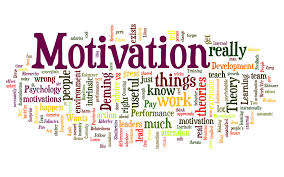
Even the student’s who misbehave love to achieve a reward. Imagine how good you feel when you feel a sense of achievement when you do something good. A sense of achievement gives us purpose. This never fades no matter how old we are. The only thing that changes is the variety of rewards. For example a reward system for first year will not work for Leaving Certs. No matter what age the student is, reinforcement is of the utmost importance in teaching. Reward systems actually work with students with severe behaviour problems at school, or students who simply act out because they are so mad at the world. I know this because I have experienced this first hand! By offering rewards, we are trying to show these students that we care and that by attending school and getting an education, they will be rewarded. There are the immediate rewards, such as rewards and sweets, and long-term rewards, such as a job and college. All students want a better life, some just struggle with how they can achieve this. Some students do not realize that applying them while they are young it will make it easier for them to reach their goals. The rewards help them get over that barrier. Students are given motivation to apply themselves in schools. Students start to see the association between completing tasks/ work, behaving, and getting good grades.
Rewards fall into two categories.
- Individual rewards
- Group rewards
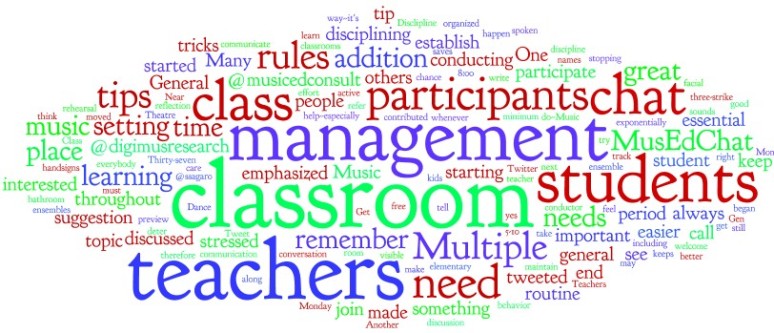
Establishing Class rules at the start of the school year
I used this every year on teaching practice and it worked really well. Now as a teacher I still use this technique. At the start of the school year I brainstorm with each class what makes a good teacher and a good student. This gives the students’ the opportunity to think about what they need to do and what you need to do for a positive relationship to work. You should do this in the first class of the school year so the students know their boundaries straight away! I then write out the agreed rules or put the students into groups and get them to write out the rules. I then stick the rules on the wall so the students have a constant reminder of the class rules. Now my rules are made, I then think about using reward systems. You should try and implement a continual reward system that is based on upholding the classroom rules, rights and responsibilities (Hoffman, et. al., 2009; Mansor, et. al., 2012).
General rewards can be to watch one music video, listen to one song, sweets, less homework, a good note or a certificate! I have learnt that secondary school students really love a positive message home. Parents also love to hear a positive message from school.

Top tips!
Be fair and reasonable
- You will lose all respect if you are an autocratic leader/ dictator – the children will not listen to anything you say as they will not respect you.
- Be consistent
- If there is a rule then that rule should apply to all students equally. (However, sometimes you need to make slight adjustments!) It is important to recognise that these rewards systems should be consistent and fair, providing students with motivation and encouragement (Mansor, et. al., 2012).
Be disappointed not angry
STAY CALM!!!! Do not SHOUT or lose your cool! It will not help, it will only make the situation worse. If a student/students’ misbehave – let them know how they have let you down and how you had expected more from them. Remember when you were younger and your parents told you they were disappointed in you. That had a stronger affect on us than shouting ever did!
Be private
- This is a really important one! If there is an issue with a student/group of children. Do not embarrass them in front of their peers as they will not respond well and their behaviour will get worse. Tell the student/students that you will talk to them after class.
Be positive and caring
- Throughout our teaching careers we will have certain students or certain classes that will really test us. They will test our patience! It is important to positive as this conveys to the students that you care. In order to be a good teacher, you need to CARE about your pupils! Show your pupils that you CARE! They will respond positively to this. The classroom should be a positive learning environment. It should be a safe space for the students.
In this blog post, I have described different types of reward systems that may help you in your teaching.
1. The Traffic Light
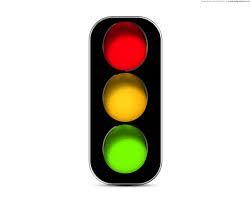
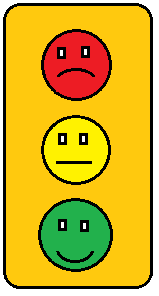
You can use this reward system in a number of ways.
You can use a light that looks like a set of traffic lights and works in the same way. The light starts on green and the student’s objective is for it not to change from that for the whole lesson. If the noise level or behaviour degrades then you can turn on the amber light. When the students’ see this happen it encourages them to behave more appropriately. The light can go back to green.
If they do not improve the red light goes on as well and you can issue one of your consequences.
Using this method you have not had to raise your voice and if the students have a sequence of all green lessons then a reward can be given.
The only problem I have with this method is that the whole class gets punished!
An alternative is to:
You can have the traffic light colours on the wall with all the student’s names stuck on with bluetac. They all start on green and individually move down to amber then red if they are misbehaving. That way you are not punishing the whole class if individuals are in the wrong.
Another alternative is to:
Use paper plates. Cut out a red, yellow and green circle. Write the students names on clothes pins and put them around the rim of the green “light”. If behaviour is not acceptable, move the individual clothes pin to yellow and then red. Yellow is a warning, Red means punishment.
2. The Angel/Star reward

I teach a first year Down syndrome student one – on –one six times a week. I bought an angel reward poster and stickers for her in Easons. The angel reward system works like the star reward system. You stick the reward poster on the wall. Each day for a month should be marked in for you if it is not mark in each day or each class yourself. When your student behaves, then you can reward her/him with an angel/star. You can stick the sticker on the poster yourself or you can allow the student to do it themselves. I allow my student to do it herself as it allows her to get really involved and excited about her reward! If your student is not behaving, then you can warn him/her that they will not receive a sticker if they do not behave. If the student does not behave then they do not get a sticker. I find this reward system really works well for her.
3. The Ticket System

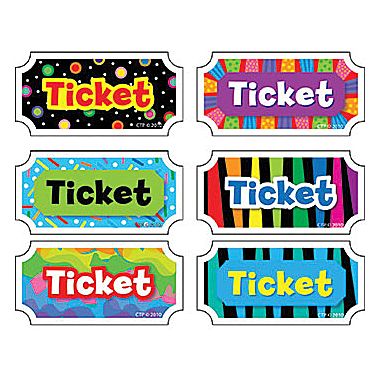
Tickets can be handmade or printed out by the teacher. Be sure to explain to the students beforehand how tickets can be earned.
Tell the students that they will be in a reward group for a week. You can do this by putting those sitting beside each other into groups or else putting the students into random groups. Make sure you explain this fully to the students to limit confusion. Tickets will be awarded for good behaviour and quiet working and to the hardest working students. At the end of the week I will count up the tickets and the best group will receive a reward. The students will get quite competitive with other groups and “encourage” others in their group who might not be pulling their weight. This reward system portrays a positive way that peer pressure can be used.
You do not have to put the students into groups for this reward system. You can give students who behave individual tickets. The group method is just an idea!
Another suggestion for the Ticket system is:
This motivation system is used to reward individual students. Students earn tickets for targeted behaviours or for completing certain tasks. Then, at the end of the week or month, the teacher holds a raffle with the collected tickets and students whose names are drawn will be given a reward.
Another alternative is:
Ticket Economy
Rather than the teacher collecting students’ tickets and then drawing a winner, students can use the tickets to purchase rewards themselves. The teacher must set a list of choices for each reward. Bigger rewards can be worth more tickets. For example, a small bar of chocolate or a lollipop may cost 5 or 10 tickets whereas for “Free Homework Assignment” may cost 50 tickets. This system puts more responsibility on students, as they have to collect their own tickets. It teaches them responsibility which is an important life skill.
4. Target posters
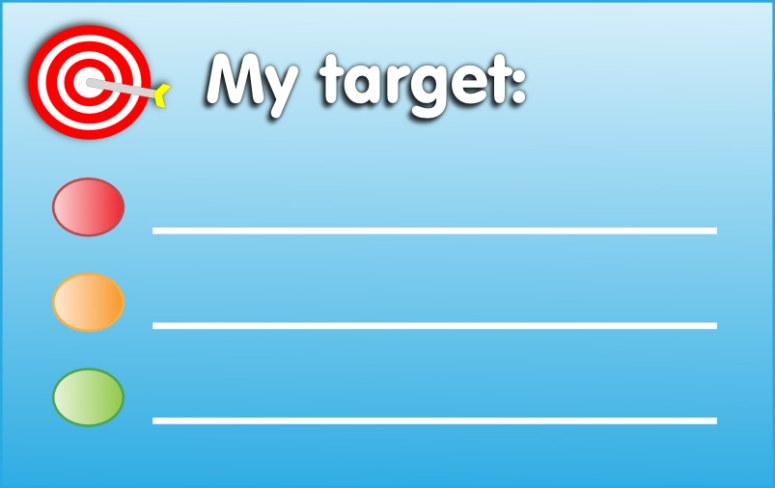
At the start of each semester, get each student to set themselves a target in your subject. The student must achieve a target from start of term until Halloween. Then from the start of November until Christmas. From Christmas until February Mid-term. From February Mid-term until Easter. And from after Easter until the end of term. This allows the students to achieve many targets throughout the year. The students will be delighted with themselves when they achieve their target! This method really motivates the students to work hard each semester. By allowing them to pick their own goal, they can really relate to the target. They will really want to achieve! Make sure you help your students when they are choosing their targets as some students might not set high enough targets or maybe too high of a target. Guide your students. You are there to help them.
You can also reward your students when they achieve their target.
You can set longer time periods to achieve targets for your class if you wish.
Here is a great video clip that I found about using reward systems in a classroom.
Sources
All images are from Google images.